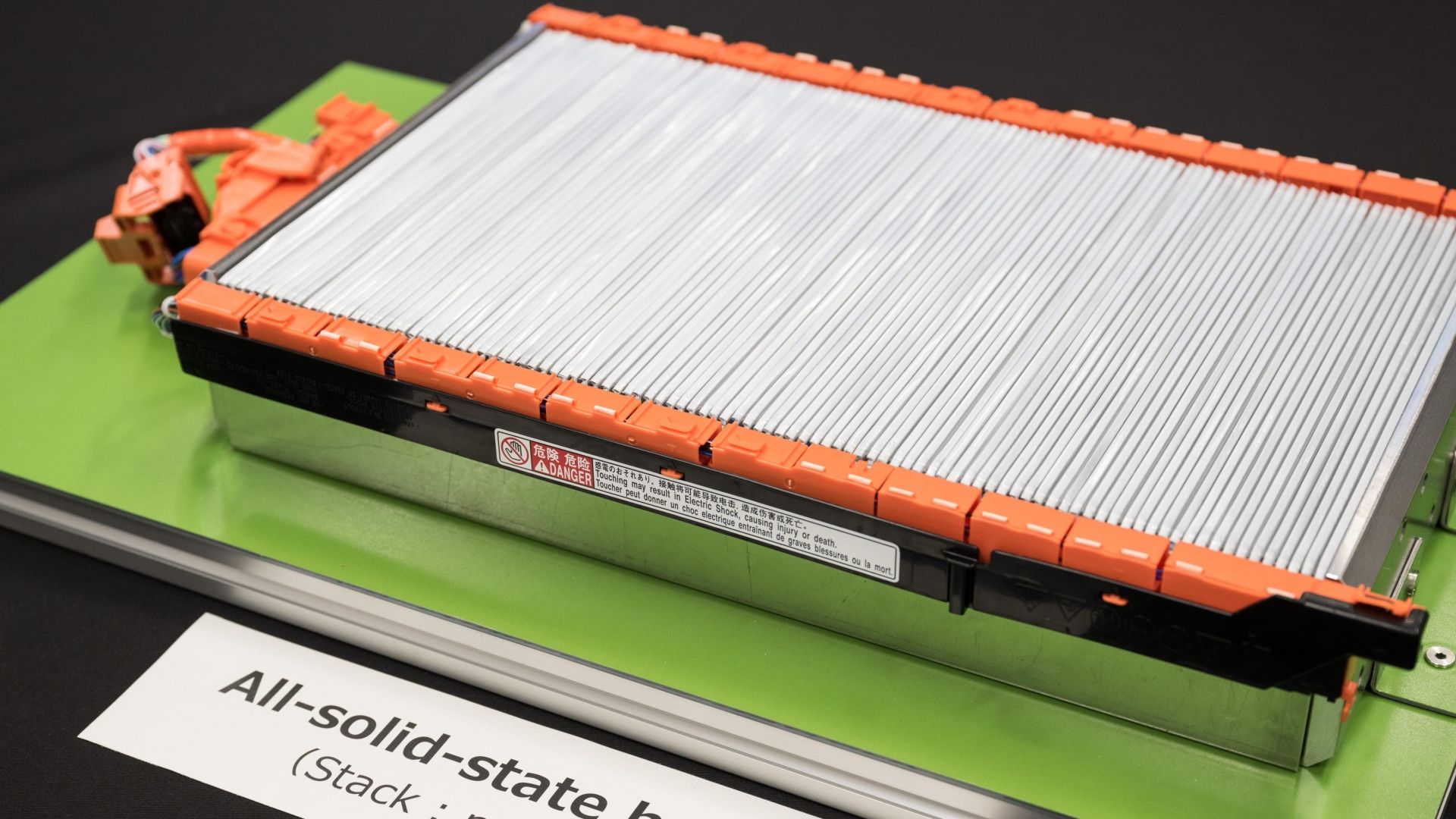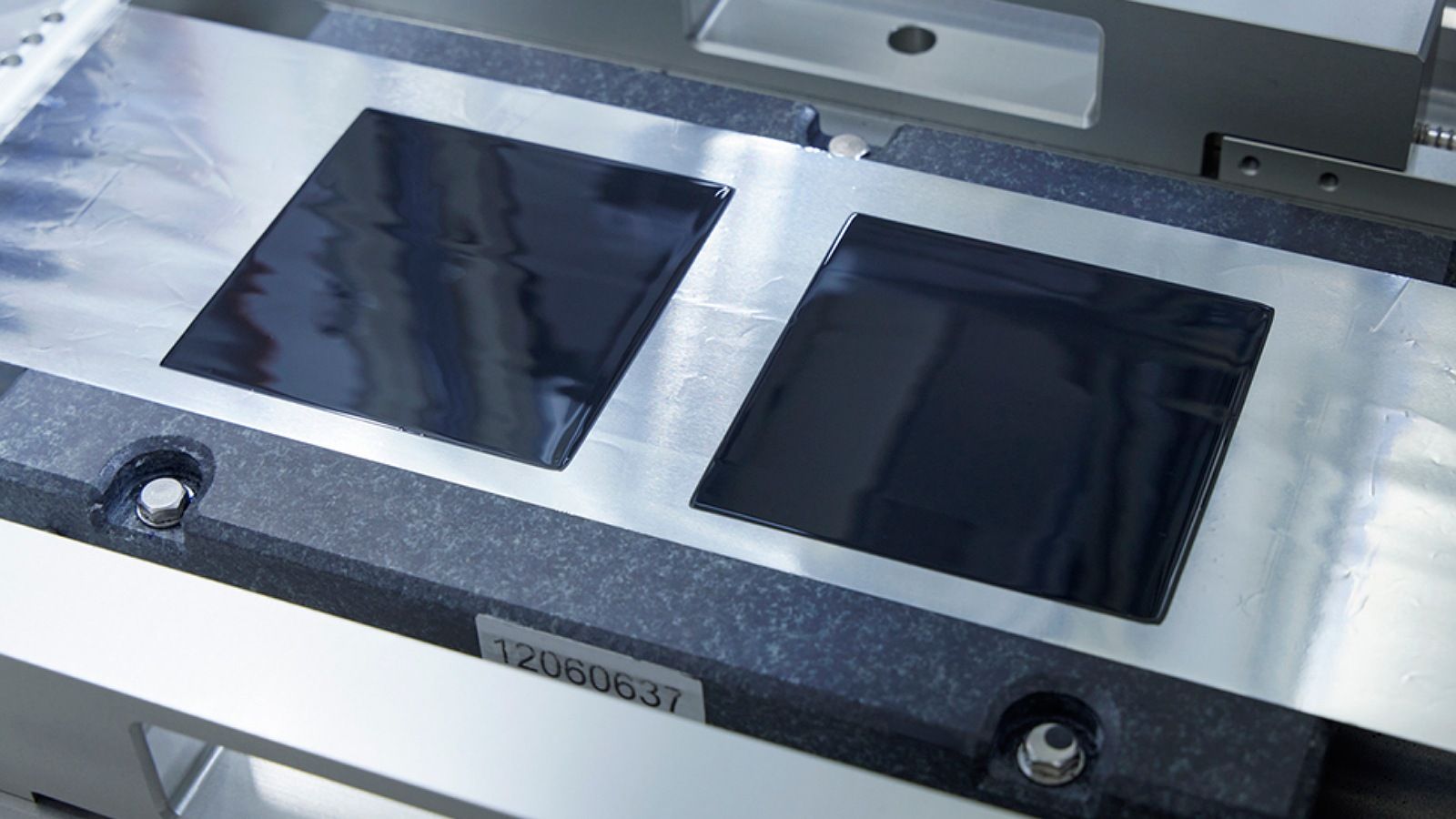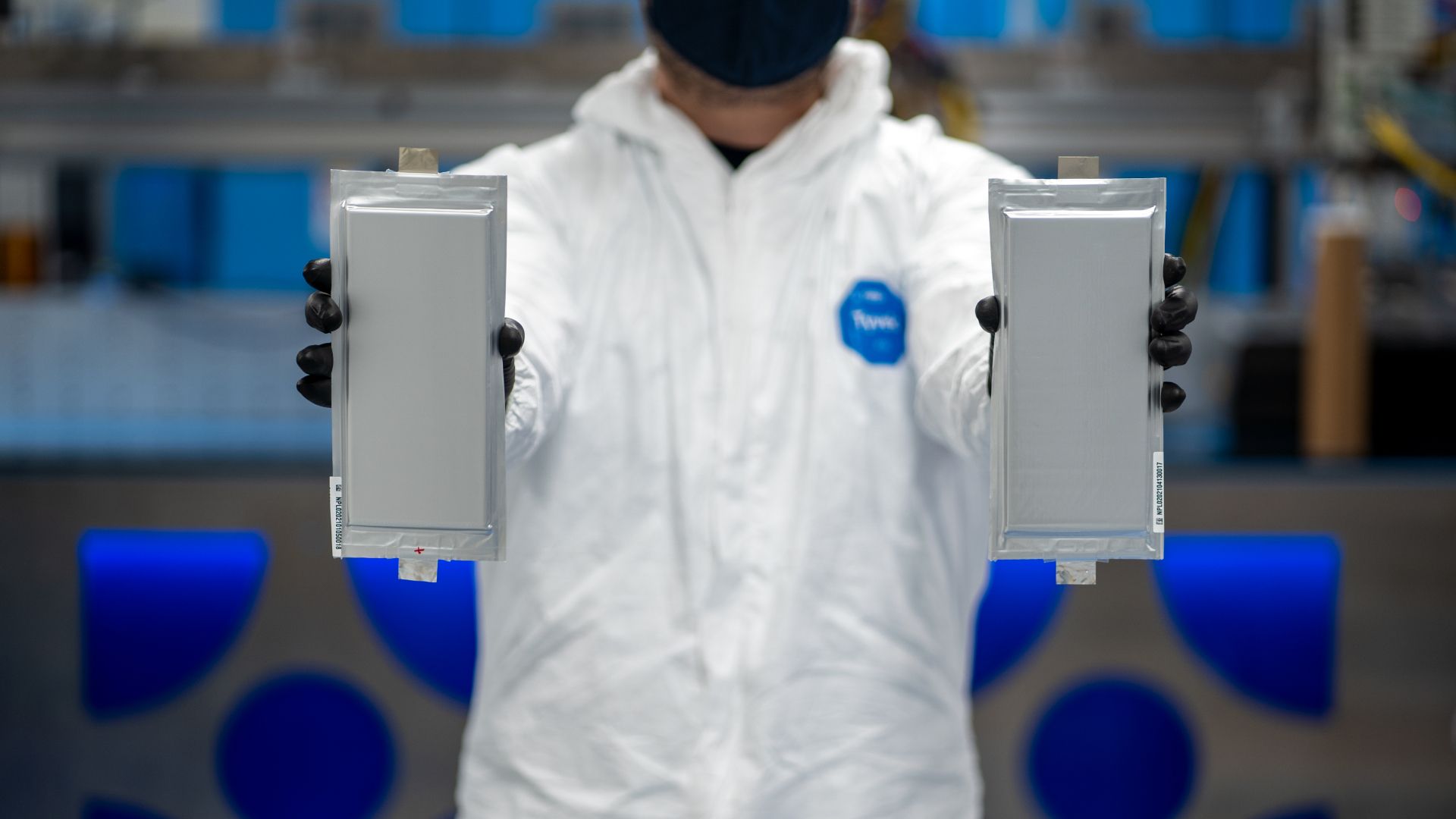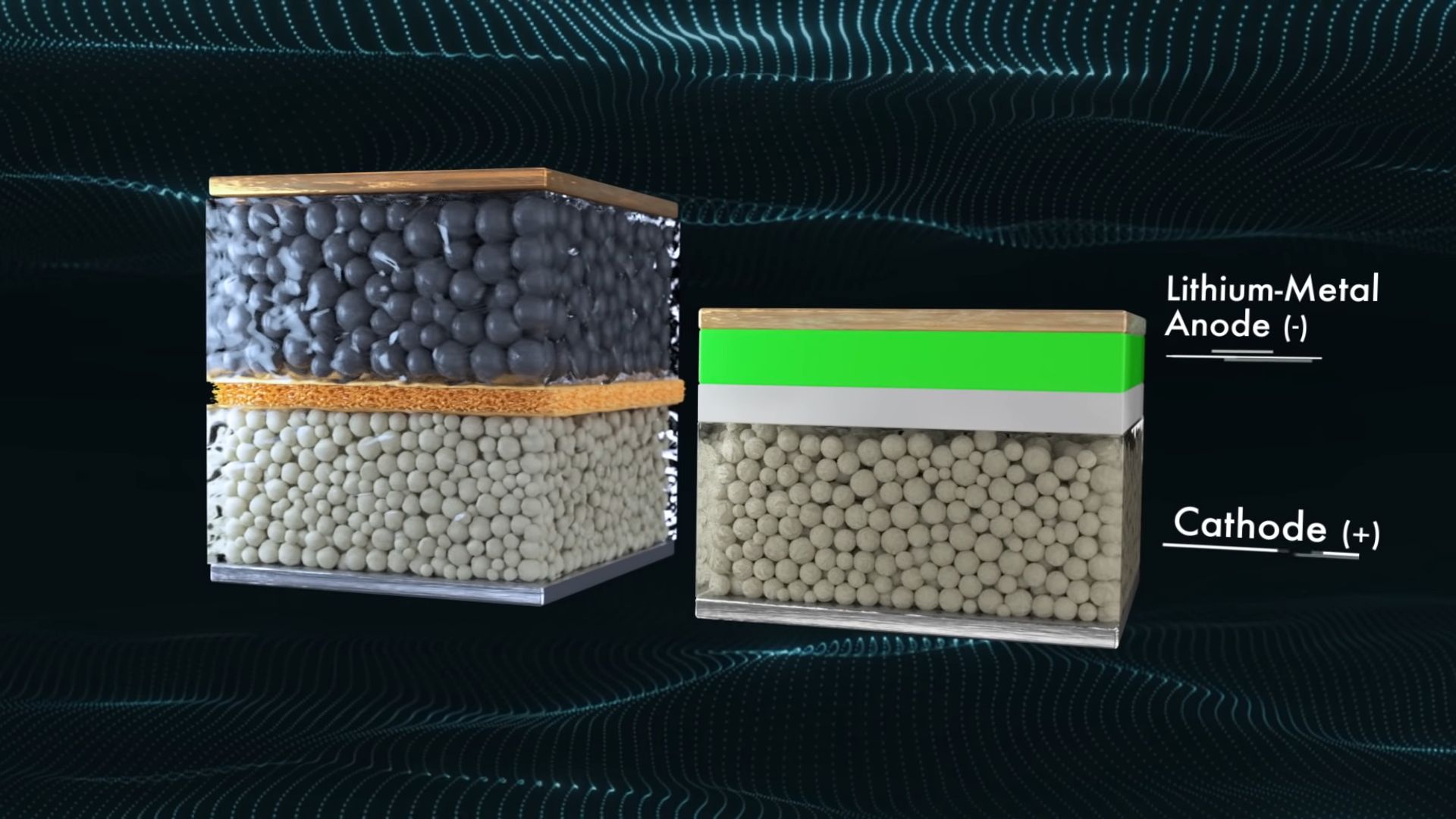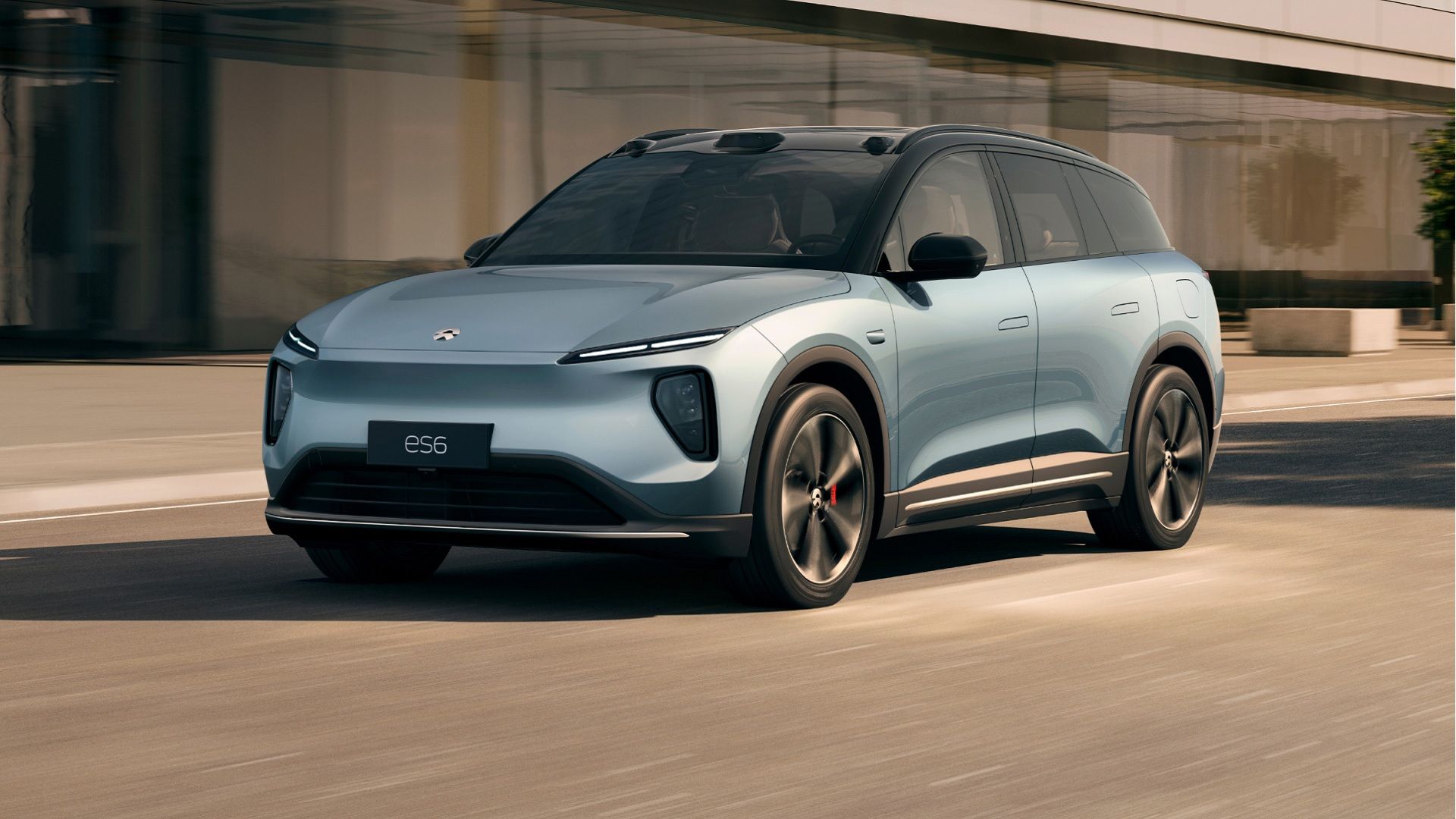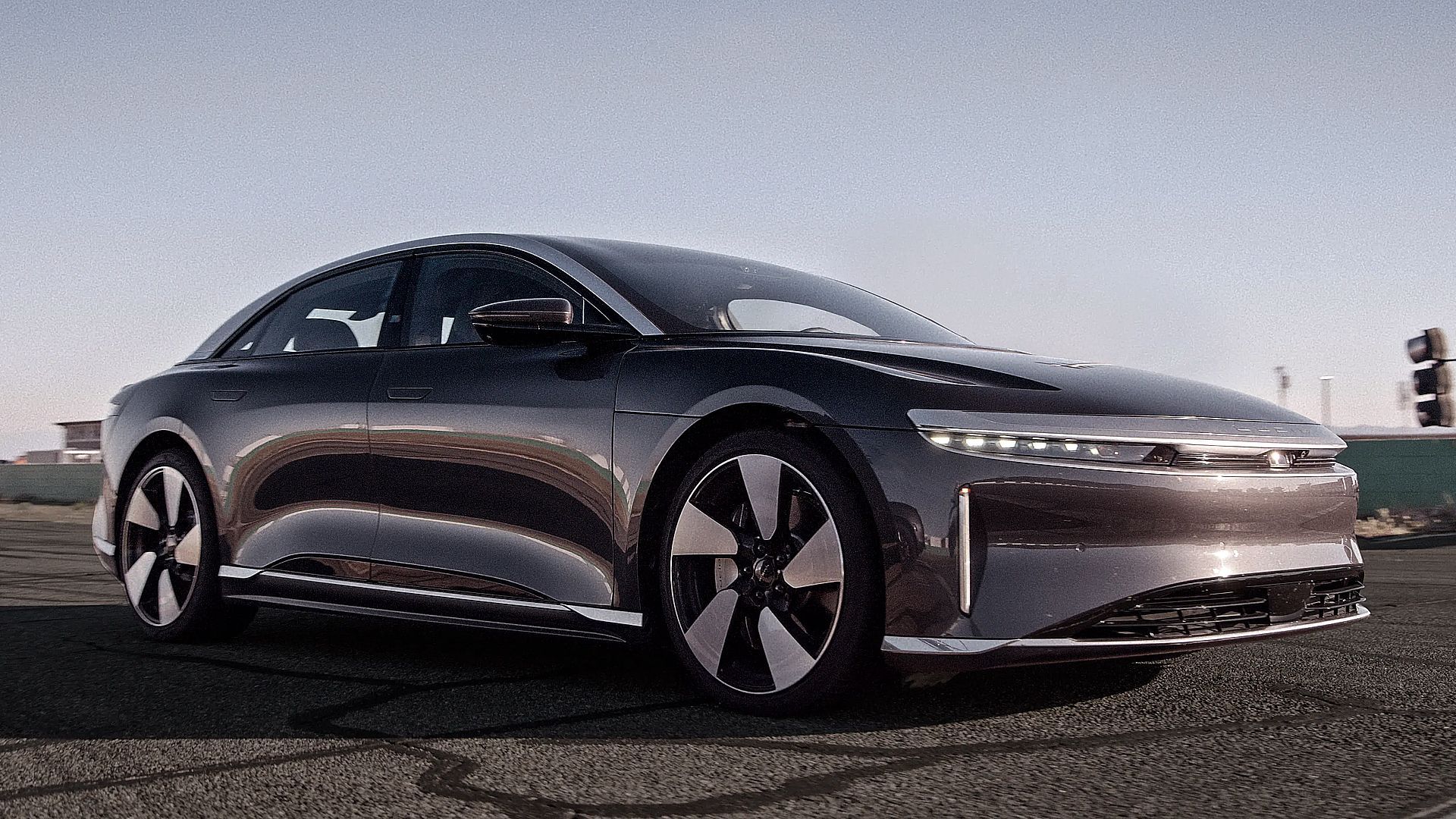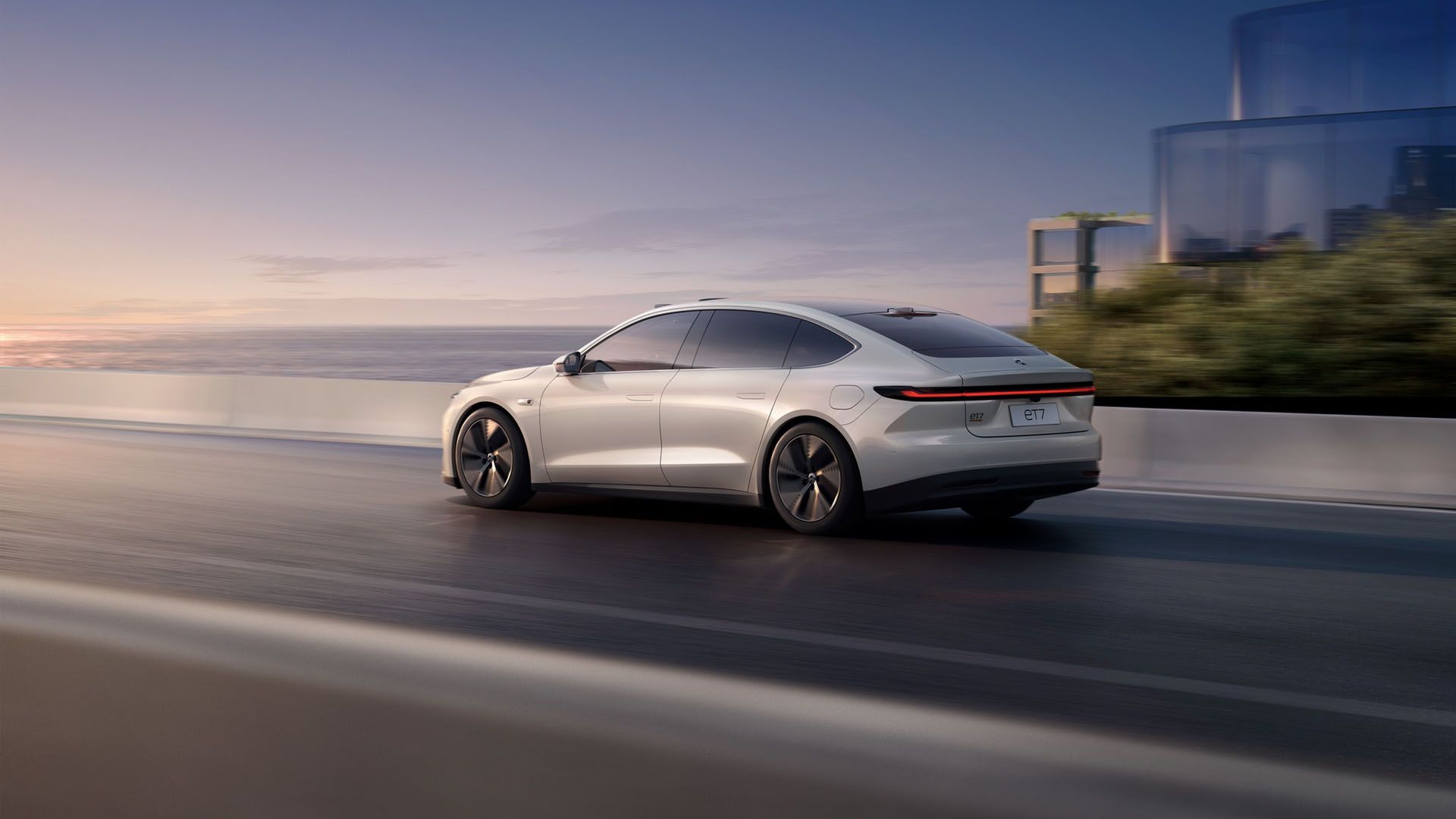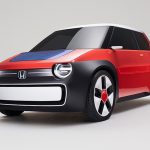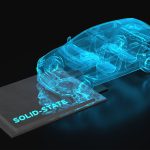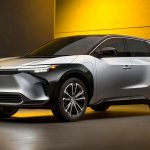At the tail end of the Malaise Era, the American auto industry was infamously upended by Japanese automakers who introduced the brougham-weary public to such novel ideas as “compact vehicles” and “fuel economy.” Aside from a few novelties like the Nash Metropolitan, the American auto industry had generally avoided making any vehicle that couldn’t fit a V-8 under its hood.
In a similar way, Chinese manufacturers seem to be priming themselves to take over the still-nascent EV industry. Battery company Tailan New Energy (which anglicizes its name to Talent New Energy) has announced that it has a solid-state battery that puts everyone else in the industry’s wildest claims to shame.
In order to give you the most up-to-date and accurate information possible, the data used to compile this article was sourced from various manufacturer websites and other authoritative sources, including Tailan New Energy and Hagerty.
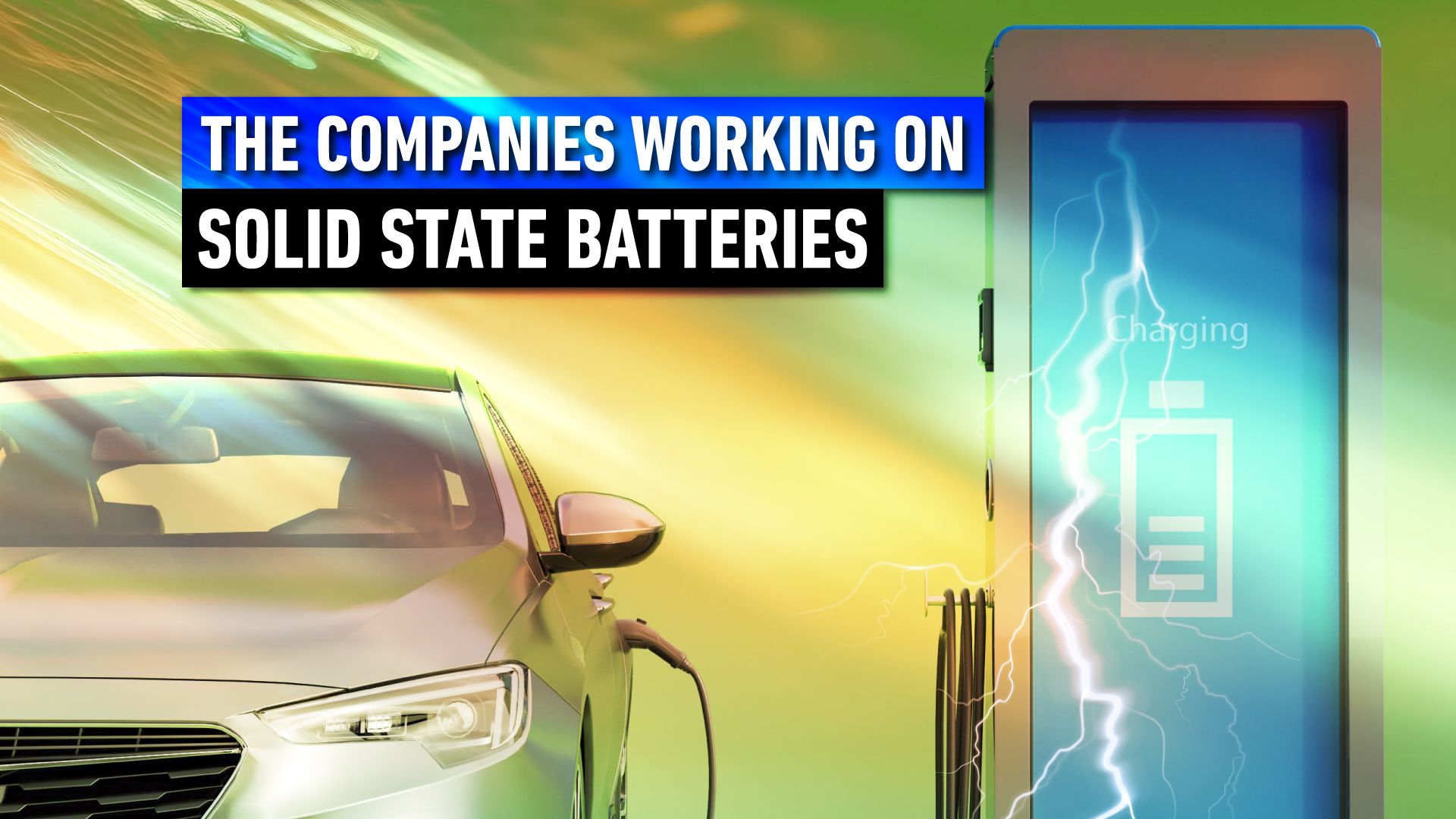
15 Companies Relentlessly Working On Solid State Batteries
By making EVs more practical and efficient, solid-state batteries will reshape the future of sustainable energy.
Tailan New Energy Has Created A Solid-State Battery That (Theoretically) Outdoes Every Other Solid-State Battery
- Tailan New Energy has created what could be the world’s highest-capacity solid-state battery.
- While manufacturing plans remain uncertain, the closest SSB competition could be from fellow Chinese manufacturer Nio, which has actually driven a semi-solid-state battery on public roads.
Tailan (alias Talent) New Energy has developed a solid-state battery that can store even more energy in less space than other solid-state battery designs. The company’s battery stores its energy in “ultra-thin” composite oxide electrolytes. TNE’s electrolytes can hold an astonishing 720 watt-hours per kilogram of material. For reference, this means a one-kilogram battery (the weight of one liter of water) could power an 1875-watt hairdryer for 23 minutes.
It has also designed “high-capacity” electrodes that can get electricity out of the battery and into a vehicle’s wiring as fast as possible. As is the case with the current generation of lithium-ion EV batteries, Tailan New Energy’s battery design is subdivided into multiple cells rather than a single large unit. Tailan’s solid-state electrolytes and other design developments allow for the battery cells to be very thin. This would give automakers more freedom when it comes to battery placement.
Tailan’s Battery Has A High Energy Density- Even By Solid-State Standards
It’s worth noting that no independent company has tested Tailan New Energy’s battery design. (Or at least, no such tests have been publicized.) However, if TNE’s specifications are correct, its battery has at least twice the energy density of any EV battery on the road today. The closest solid-state competitor is Nio, which put its semi-solid-state battery through a 648-mile single-charge road test. Other auto companies have made extravagant solid-state promises, but so far only Nio has actually put a (semi-)SSB into a vehicle and then driven it on public roads.
Tailan’s Manufacturing Plans Remain Uncertain
As seems to be the way with every company dabbling in solid-state batteries, Tailan New Energy has yet to actually mate its battery with an EV. However, the company does state that its solid-state batteries are “vehicle grade.” This puts Tailan New Energy ahead of the many other companies that have nothing but patents and dreams. Indeed, producing a “vehicle grade” (to borrow Tailan’s term) battery puts it ahead of most other automakers, whose batteries remain confined to testing laboratories.
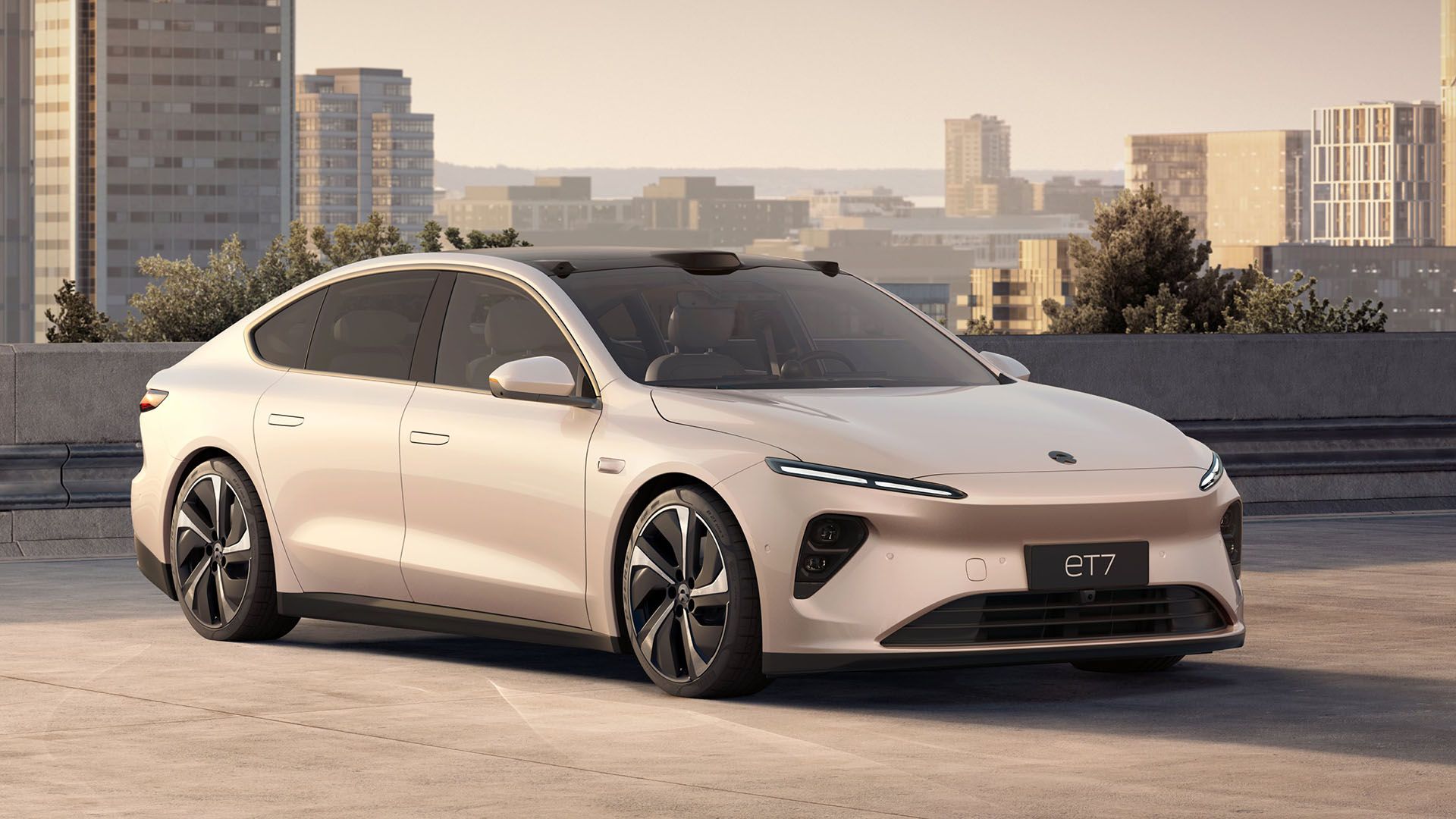
The Future Of Energy Storage: Exploring The Promise Of Solid-State Batteries
Solid-state batteries attempts to be the game-changer for energy storage with enhanced safety, high energy density, and sustainability.
The Industry-Wide Drive To Create Solid-State Batteries
- While most of the major car manufacturers are at least researching solid-state batteries, the biggest developments have come from China.
- Nio has put a semi-solid-state battery through a 648-mile road test. No other auto company has put an SSB onto public streets.
- Other auto companies are also trying to make solid-state batteries. None of them have driven an EV powered by one.
So far, the biggest developments in solid-state batteries have come from China. Most notably, EV manufacturer Nio put a semi-solid-state battery into one of its vehicles and drove it 648 miles on a single charge. The company’s CEO personally drove the car, and the entire journey was livestreamed.
Nio (and its battery supplier WeLion) are part of a recently formed Chinese solid-state battery consortium called the China All-Solid-State Battery Collaborative Innovation Platform (CASIP for short). This is an alliance of the biggest players in China’s EV and battery industry, along with several relevant government agencies.
While CASIP is still a very new entity, its effects have already been felt on the other side of the Pacific. CASIP member CATL announced that it would no longer supply batteries to its hitherto biggest customer, Tesla. It will help Tesla establish its own factories and provide the tooling. But after the battery factory is in operation, CATL will sever all business relations. (This may explain why Tesla recently filed a relatively vague battery patent.)
Toyota’s Long Effort With Solid-State Batteries Has Been Nothing But Delays
The main newsmaker in the world of solid-state batteries has been Toyota. Unfortunately, Toyota has not produced a car containing an actual solid-state battery. It has long made extravagant range claims (most commonly 745 miles, though it has sometimes promised numbers north of 900 miles per charge). It had long promised a battery release date by 2027.
However, as 2027 draws nearer, Toyota has quietly pushed its release date to 2030. This delay was perhaps foreshadowed by Toyota’s non-presence at the 2020 Tokyo Olympics. The company had announced that it would display a working SSB prototype at the games. Of course, the Olympics were postponed to 2021 due to the pandemic. But despite getting a one-year extension on its homework, Toyota was absent without comment.
In the ensuing years, Toyota has stuck to its lucrative line of hybrids and only made a few desultory attempts at EVs (most notably its bZ4X SUV). But when it comes to future technology, Toyota has primarily pivoted to hydrogen fuel cells. After whiffing the 2020 games, Toyota is vying for Olympic glory again in 2024.
The company is providing multiple fleets of hydrogen vehicles, from sedans to buses, for use during the Paris games. While the company continues to put out a steady stream of SSB-related press releases, it has yet to actually get one into a vehicle and drive it. (Either that, or Toyota has done all its in-vehicle SSB testing in complete secrecy.)
Other Solid-State Battery Partnerships In The Auto Industry
Of course, while Toyota has been involved in (and failing at) solid-state batteries for over a decade, it isn’t the only company trying to make SSBs happen. Honda and Nissan have been working on their own solid-state batteries for a while. Honda has even reached the point of working out mass-manufacturing processes.
Elsewhere in the auto industry, mainstream companies are either investing in or allying with various battery manufacturers. Ford and BMW have joint-invested in a startup called Solid Power. Volkswagen has gone into solid state business with a different battery company called QuantumScape.
Hyundai is in a partnership with Factorial Energy, with plans to put solid-state batteries into its EVs at some point in the foreseeable future. It seems this is a good time to form a tech startup that focuses on solid-state batteries. Apparently, auto executives will appear with large bags of money any time someone comes up with a prospectus and a website.
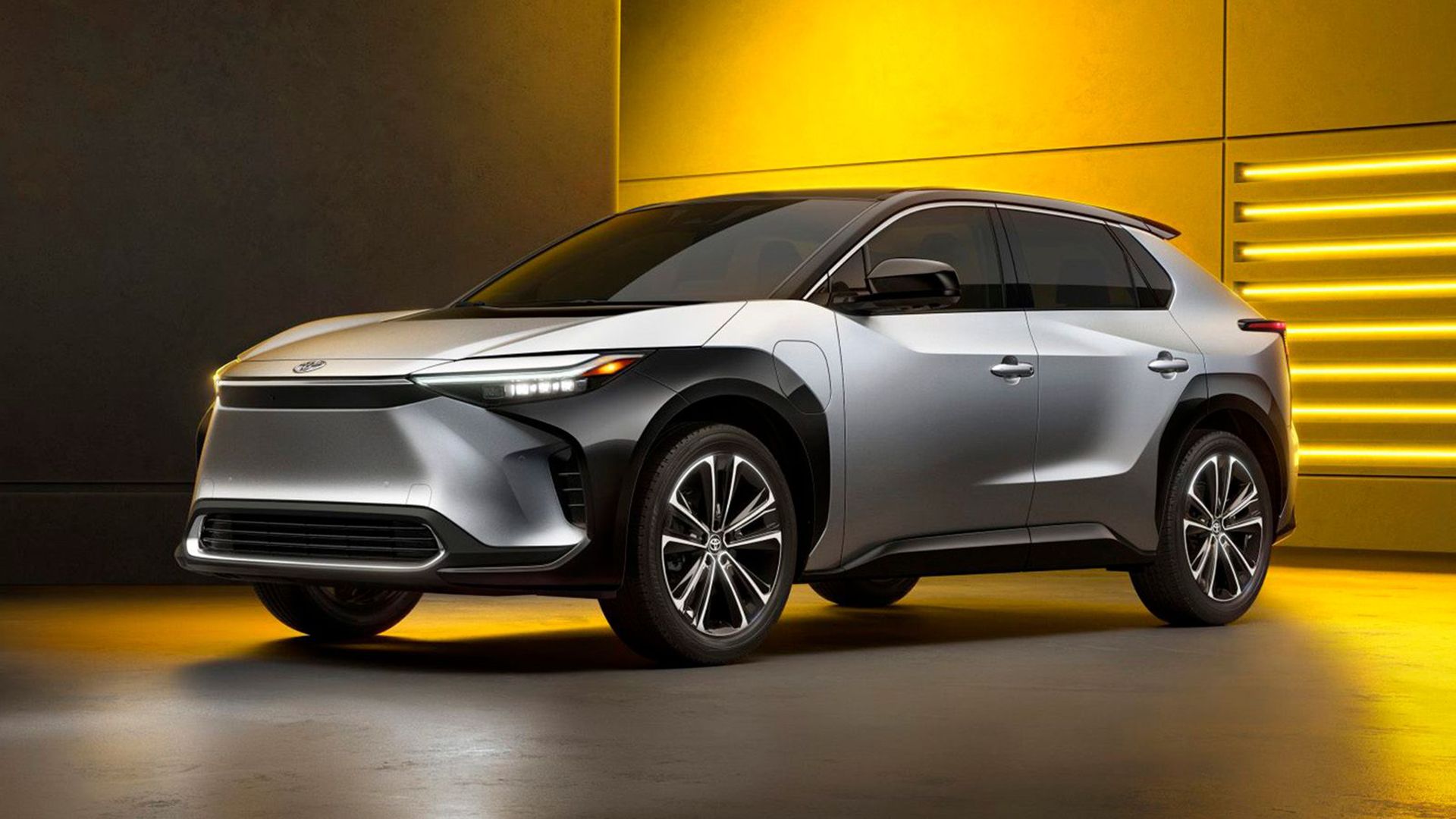
A New Partnership Could Give A Significant Boost To Toyota’s Solid-State Battery Development
Toyota is working with a Japanese petroleum company, Idemitsu, to make its long-awaited solid-state batteries a reality.
Solid-State Batteries: What They Are And Why So Many People Want Them
- If solid-state EV batteries become a viable, mass-produced technology, they offer many improvements over the lithium-ion batteries currently in use.
- SSBs are more lightweight and smaller than comparable lithium-ion batteries.
- Several obstacles remain before solid-state EV batteries are ready for the public.
To put it simply, solid-state batteries store their energy in solid matter. (Most batteries store electricity in a liquid or a paste.) This gives them a higher “energy density” than other batteries. (Energy density, to put it simply, means how much energy a battery can store in a given amount of space.) While solid-state batteries are nothing new, up until now they have only been used in small devices like hearing aids, pacemakers, and the new(ish) field of wearables.
Solid-State Batteries Weigh Less And Hold More Energy Than Comparable Lithium-Ion Batteries
Because of their higher energy density, solid-state batteries would use a lot less space than the lithium-ion batteries that power the EVs of today. Space is always at a premium in vehicle design, even in the biggest of SUVs. Additionally, SSBs weigh less than lithium-ion batteries with the same energy capacity. Reducing battery weight would reduce how much energy an EV’s motor needs to make the vehicle move. This would increase the vehicle’s driving range.
Additionally, SSBs are more resilient against fast charging than lithium-ion batteries. The massive incoming surge of electricity that comes from fast charging tends shorten their lifespans. But, SSBs can withstand multiple cycles of fast charging with relatively little damage.
This means that owners of SSB-powered EVs could drive the vehicles for many years without worrying that the battery “just doesn’t seem to hold a charge like it used to.” If the auto industry is to be believed, SSBs can be recharged in 10-15 minutes. While that’s not as fast as refilling a gasoline tank, SSBs would reduce recharging from an all-night affair to a mildly inconvenient errand.
Solid-State Batteries Aren’t Ready For The Road
While companies like Tailan New Energy claim their respective SSBs are vehicle-worthy, EV sales lots remain 100-percent SSB-free. Solid-state batteries have resisted most attempts to make them bigger than fingernail-sized. A lot of pesky physics problems pop up when making solid-state batteries large enough for cars instead of pacemakers.
One of the bigger problems with SSBs has been getting the solid electrolyte to make perfect contact with the battery’s electrodes. (The electrodes are the parts of the battery that electricity passes through in order to leave the battery and enter the vehicle’s wiring.) Liquid electrolytes naturally make complete contact with the electrodes, which allows the electricity to flow as freely as possible.
But, solid electrolytes tend to have lots of tiny air gaps. While they may be difficult or impossible to see with the naked eye, every air gap blocks a little bit of electricity from reaching the electrode, which reduces how much power a battery can put out at a time.
2:34

What Nobody Is Telling You About Solid-State Batteries
Solid-state batteries could offer massive advantages over current lithium-ion battery tech, but they’re not quite ready yet.
Batteries Are Still The Biggest Hurdle In EV Design
Right now, the biggest problem with EVs is powering them. While large batteries are hardly new, making them suitable for EVs is a relatively new problem. No other part of EVs requires as much designing from (near-)scratch as batteries do. Electric motors have existed for over a century- and not just as moderately interesting scientific curiosities. Indeed, people in 1917 could purchase aftermarket motors for their treadle or hand-cranked sewing machines.
While EV manufacturers are always refining their motor designs, the fundamentals of motors have been a solved problem for decades. And of course, car bodies have existed for literally as long as automobiles. Most car body design problems, from aerodynamics to upholstery materials, have long been solved. But while the current generation of lithium-ion batteries is viable for short-commute EVs, the preponderance of engines on the road shows that lithium-ion batteries aren’t good enough for the entire car-buying public.
EV Buyers Care About Range More Than Anything Else
If solid-state batteries ever become a mass-production reality, they could finally push car buyers to switch to EVs. In TopSpeed’s recent polls asking readers why they won’t switch to EVs, driving range topped the list of grievances. Charging time and price were people’s two next biggest concerns. While SSBs may not solve the MSRP problem, they would eliminate the problems of range and charging time.
China Is Primed To Bring Solid-State Batteries To The Masses
While many of the world’s major auto companies have been regularly making solid-state press releases, it seems no one outside of China has actually gotten an SSB onto the road. No amount of publicity photographs can substitute for an actual working car.
Just as Motorola’s first viable car radio was famously promoted by parking the vehicle outside of a radio manufacturer’s show with the engine idling and the radio on, the best advertisement for SSBs is actually driving them. So far, only Chinese companies like Nio and Tailan New Energy have pulled that off. China’s time at the top of the industry may have come.


